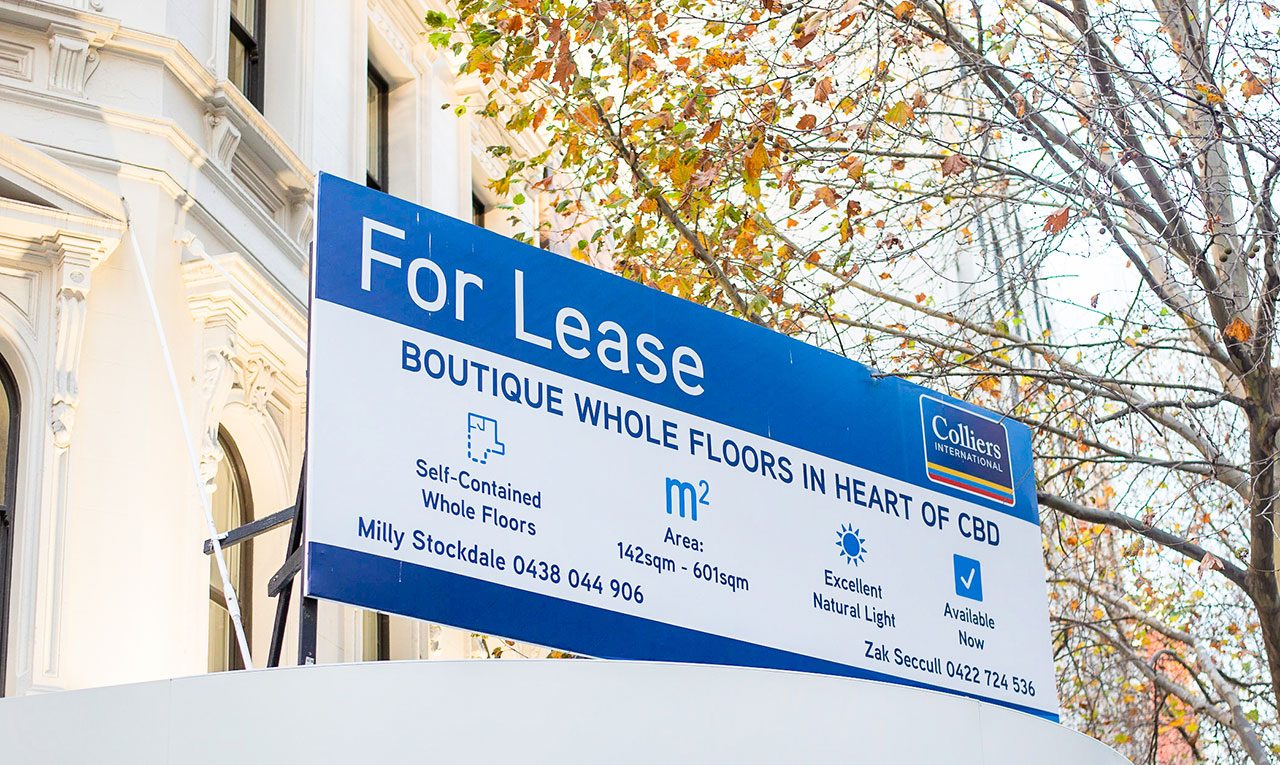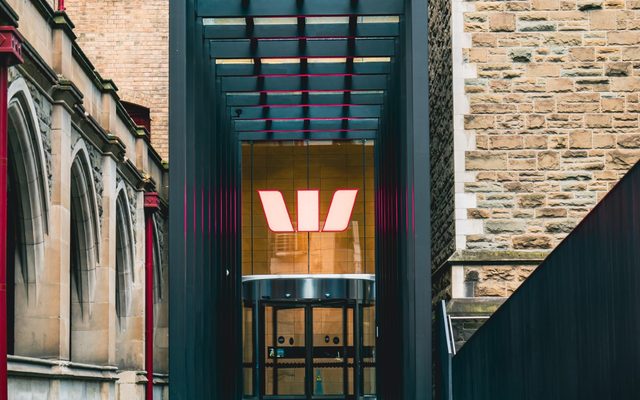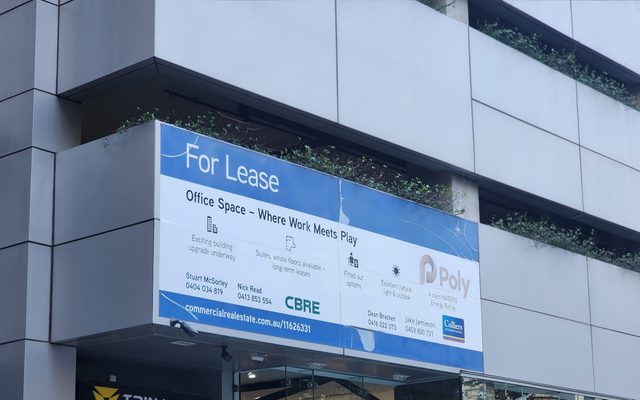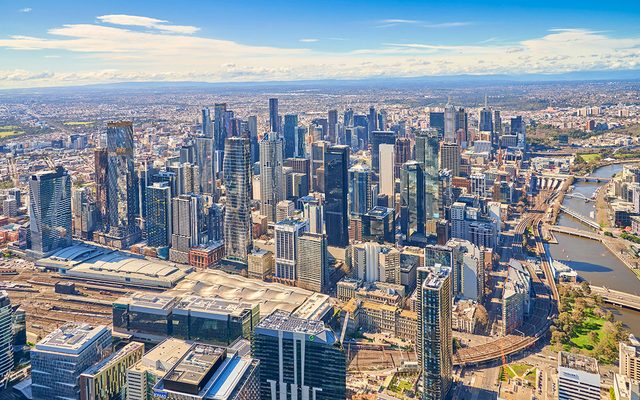This article is from the Australian Property Journal archive
OFFICE occupiers are increasingly paying rental premiums as they relocate to draw employees back to the workplace.
According to new CBRE analysis, 77% of businesses over the last 18 months have paid the same or more when relocated their CBD offices, with a 10.4% uplift in median face rents identified on the 138 relocations since 2021.
“Since office leasing activity started intensifying in early 2021, a clear trend of tenants looking to upgrade their premises has emerged,” said Sameer Chopra, head of research at CBRE, Pacific.
“Re-locations allow occupiers to move physically closer to their end customers. It allows them to re-configure workplace design to attract and retain talent and match ESG ambitions with energy and wellness offerings in the new premises.”
Relocation premiums have been paid across all sectors over the 18 month period, with the trend most pronounced for design & engineering and finance firms.
Throughout the period, design & engineering firms accounted for 13% of all re-locations nationally, while also willing to pay the most for upgraded space, with a circa 35% rental premium recorded for new locations.
Meanwhile, investment and wealth advisory firms outpaced banks and insurers for trade-up in the finance sector.
“Our clients are using workplaces as part of a broader remuneration package; a tool to attract and retain staff. A workplace is part of a competitive edge for a company and staff need to want to be in it, not mandated to be in it,” said Janet Martin, regional director of workplace strategy and change management at CBRE, Pacific.
“There needs to be mindful planning, design and utilisation of a workplace with different experiences over the day and the week, and a focus on teams and groups as well as individuals, so the asset is seen and used in a dynamic and variable manner rather than being a static place. This also sweats the asset, so that it works harder.”
The analysis also revealed that small to medium-sized businesses—those taking up to 5,000sqm—expanded space by circ 7% through renewals and re-locations, which Chopra noted was in part offset by a footprint reduction from large occupiers.




